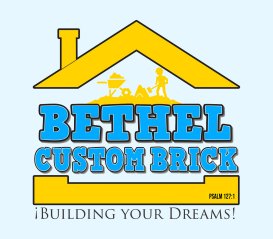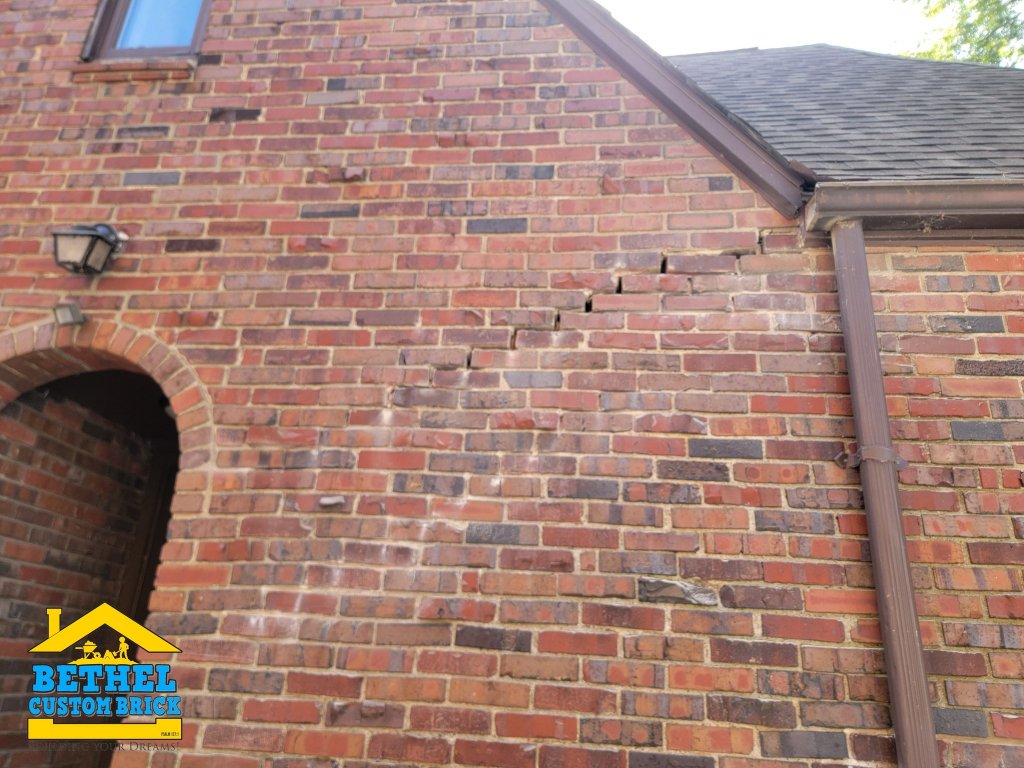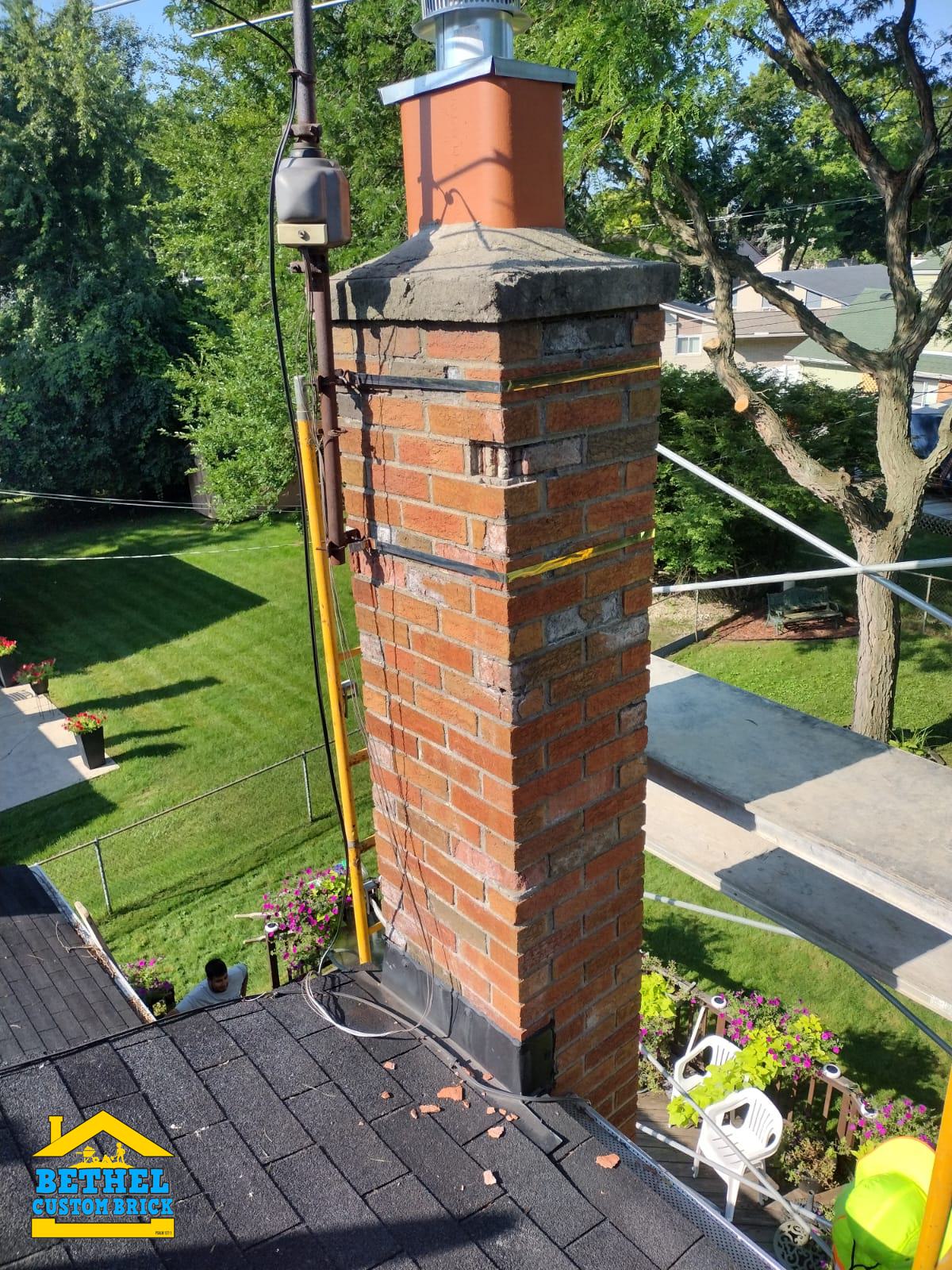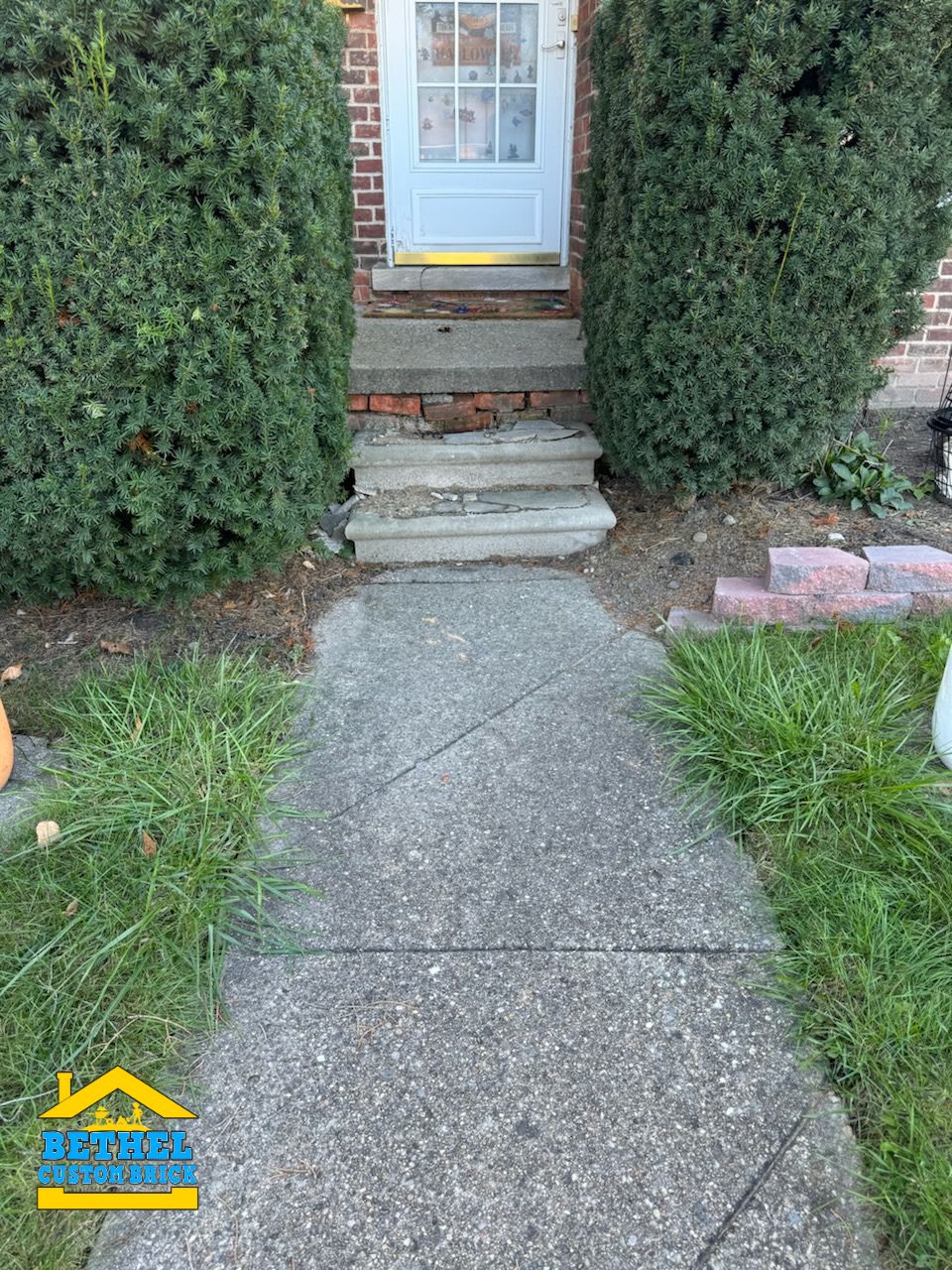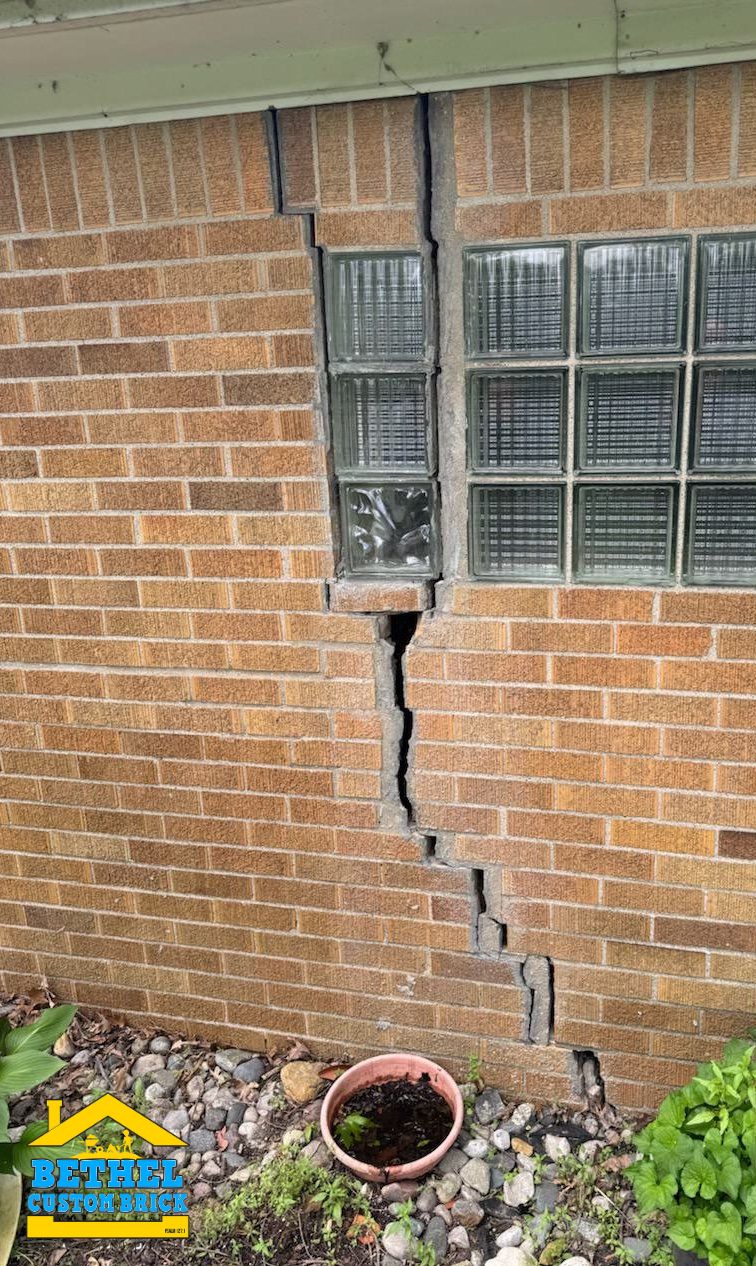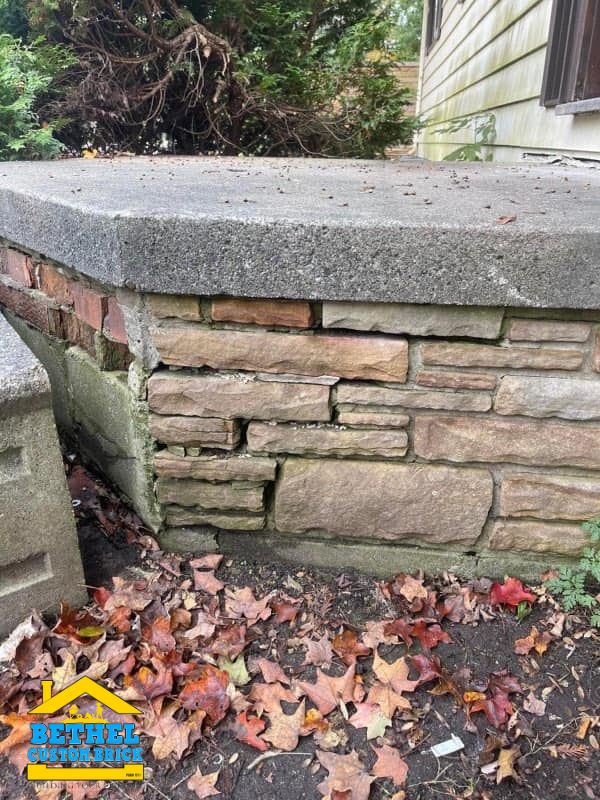Brickwork adds timeless charm and durability to homes and buildings, but like any material, it can suffer wear and damage over time. Recognizing early signs of brick damage is crucial for maintaining structural integrity and avoiding costly repairs down the line. In this guide, we'll walk you through the most common signs of brick damage, why they occur, and what to do if you spot them.
1. Cracks in the Bricks or Mortar
Cracks are among the most visible indicators of damage in brick structures. They can appear in the brick itself or along the mortar joints.
Common Causes:
- Structural Shifts: Foundation movement or settling can cause cracks.
- Weathering: Freeze-thaw cycles can expand and contract bricks, leading to cracking.
- Moisture Infiltration: Water can seep into bricks, freeze, and expand, creating cracks over time.
What to Do:
Small cracks can often be patched, but larger cracks or cracks that widen over time may require professional inspection and potentially extensive repairs.
2. Bulging or Bowing Brick Walls
Bowing or bulging occurs when a section of the brick wall appears to be bending or buckling outward.
Common Causes:
- Water Damage: Water trapped behind brick walls can weaken the structure, causing it to push outward.
- Poor Construction: Incorrect installation techniques or weak mortar can lead to bulging.
What to Do:
Bowing walls are a serious issue and may indicate The Signs of Structural Damage in Brickworkstructural damage. Contact a masonry professional immediately if you notice bulging, as this often indicates significant underlying problems.
3. Efflorescence
Efflorescence is a white, powdery residue that forms on the surface of bricks.
Common Causes:
- Salt Deposits: Water trapped behind brick walls can weaken the structure, causing it to push outward.
What to Do:
Efflorescence itself isn’t necessarily damaging, but it can indicate moisture issues. If you notice persistent efflorescence, inspect for potential leaks or inadequate drainage.
4. Spalling
Spalling occurs when the surface of the brick begins to flake or crumble. It’s typically visible on exterior walls.
Common Causes:
- Freeze-Thaw Cycles: Water inside bricks expands when it freezes, causing the brick’s surface to break off over time.
- Poor Quality Bricks: Low-grade bricks are more susceptible to spalling.
What to Do:
Spalled bricks may need to be replaced, especially if the damage is extensive. Sealing bricks and ensuring good drainage can help prevent future spalling.
5. Deteriorated or Crumbling Mortar
Mortar holds bricks together, and when it starts to crumble, it compromises the wall’s stability.
Common Causes:
- Aging: Mortar wears out faster than bricks and naturally degrades over time.
- Moisture Exposure: Constant exposure to moisture can weaken the mortar, causing it to crumble.
What to Do:
Repointing, or replacing the old mortar with new mortar, is usually necessary for Understanding Mortar Deteriorationdeteriorated mortar. This process should be handled by a professional to ensure long-lasting results.
6. Discoloration or Staining
Discoloration can appear as dark spots, green algae, or rust-like stains on brick surfaces.
Common Causes:
- Water Damage: Leaking gutters or downspouts can cause water stains.
- Biological Growth: Mold, mildew, or algae can thrive on brick surfaces, particularly in shaded areas.
What to Do:
Cleaning the affected areas and addressing the moisture source can often resolve discoloration. If stains are extensive, consider hiring a professional for power washing or brick cleaning.
7. Gaps in the Brickwork
Visible gaps between bricks or around windows and doors can indicate brickwork shifting.
Common Causes:
- Foundation Movement: Shifting foundations or settling soil can create gaps.
- Weathering: Over time, weather exposure can lead to separation between bricks.
What to Do:
If you notice gaps, it’s best to have an expert assess the structural integrity of the wall. Often, filling these gaps alone may not address the root cause.
When to Call a Professional for Brick Repair
Spotting damage early is key, but knowing when to call in a professional can save time, money, and stress. If you notice significant cracks, bulging walls, or any issues that worsen over time, reach out to a masonry expert. They can assess the damage and recommend the best repair solutions.
Maintaining your brickwork ensures your property remains both beautiful and structurally sound. Regular inspections and prompt repairs can extend the lifespan of your brick structures and keep your home safe for years to come.
